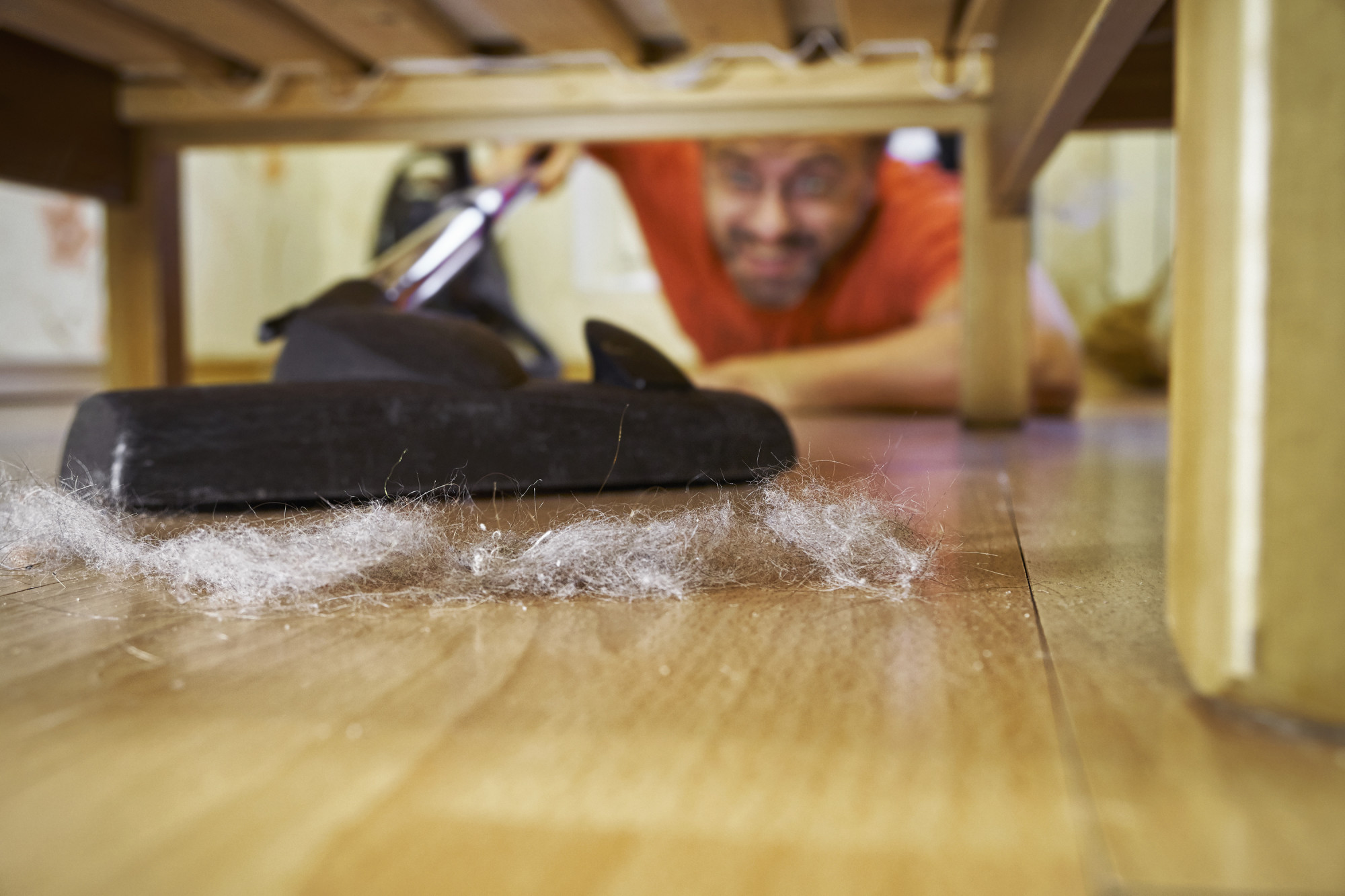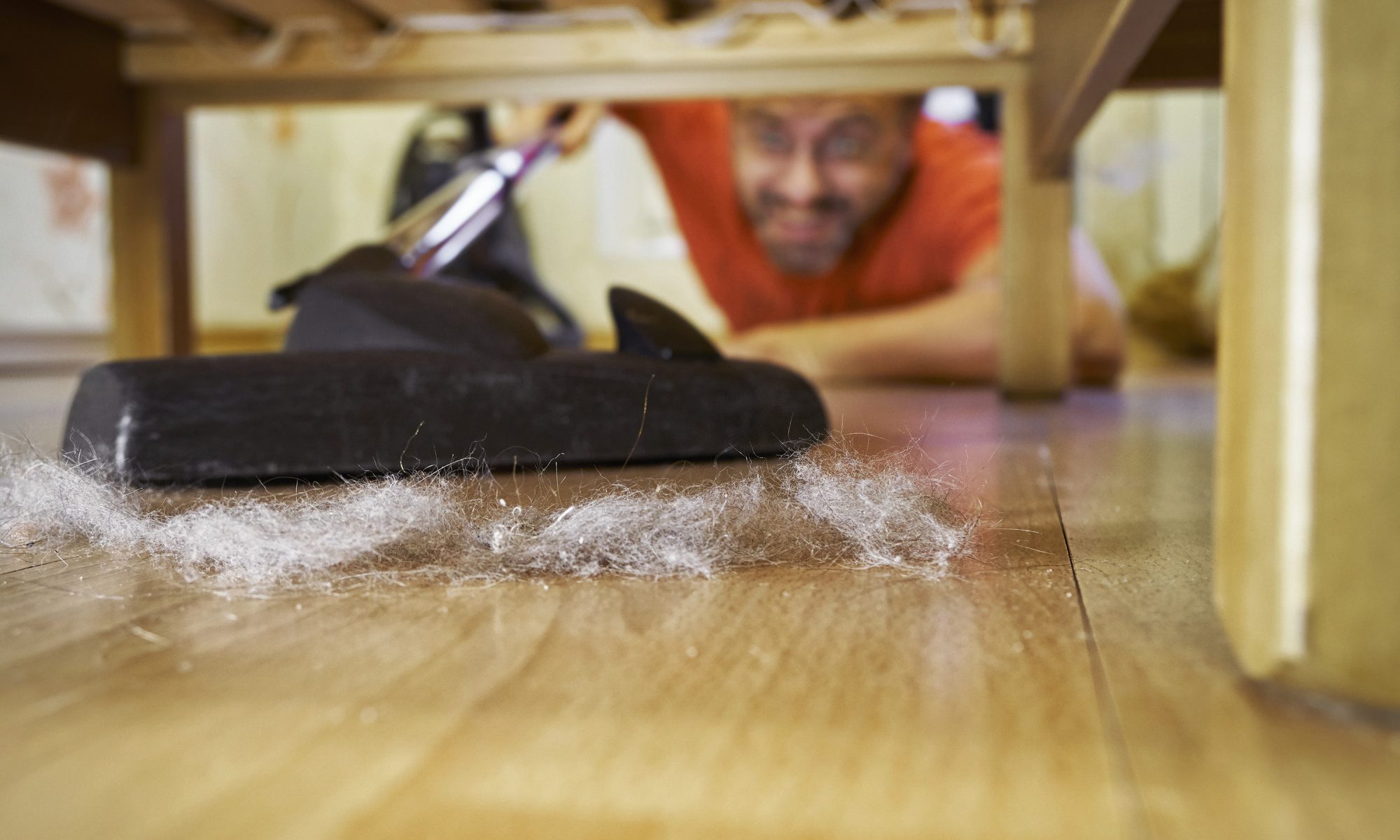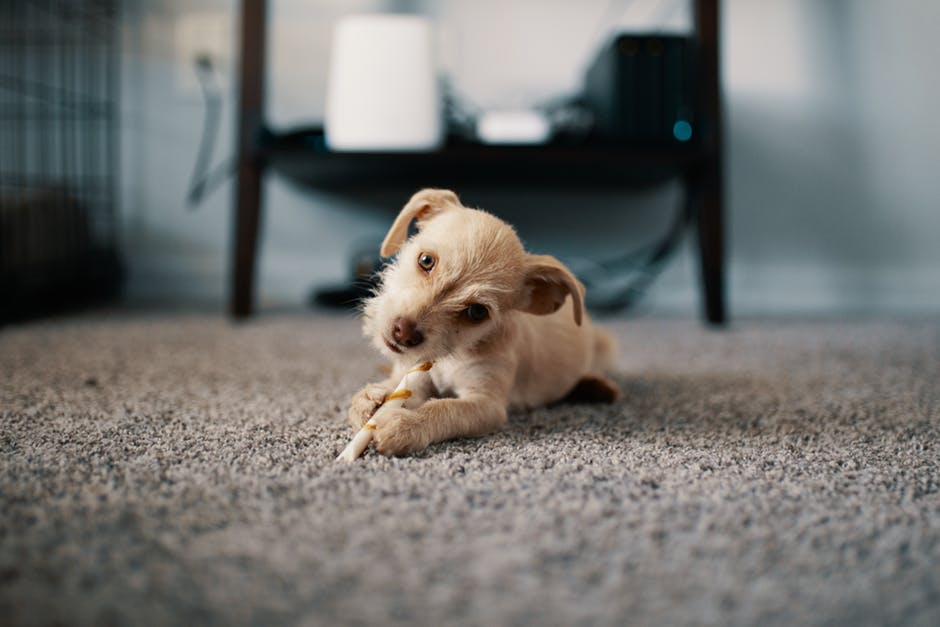
Pollen, mold, dust mites, insects, and more.
These are the allergens floating around your home and settling on all its surfaces. It’s why you’re sneezing and itching. It’s why your eyes are watering and your nose is stuffy.
Learning how to reduce allergens in your home makes it a more enjoyable living space. If you’ve tried to keep up with cleaning but still have allergy attacks then this post is for you. We’re sharing several tips for cleaner, allergy-free spaces.
1. Stop Allergens Before They’re Tracked In
A lot of the allergens coming into your home are tracked in through the front or back door. So, it makes sense to tackle this area as it’s one of the main culprits.
Here are a few things you can do when entering the home:
- Make a habit of taking off shoes and extra garments
- Change clothes (and toss them in the wash) after coming inside
- Wipe down or quick groom your pet before they bring allergens in
- Have an exterminator spray for bugs so they don’t follow you in
You can’t stop all outdoor allergens from getting in. But, a couple of moments to tidy up before settling into your home can help a ton.
2. Make Pet Grooming a Regular Routine
It’s interesting to note that 3 in 10 people are allergic to pet dander. Now consider that about 67% of US households own a pet. That’s a lot of putting up with sneezing, itchiness, and such for your fur babies!
Your pet’s fur is the allergen culprit — specifically the dander.
Outdoor and indoor allergens settle on your pet’s fur. Then, they run around the home, shedding allergen-laced fur and dander. Of course, you’re going to have itchiness and a runny nose when Fido is spreading allergens everywhere!
Try this:
- Bath and groom your pet, often, with effective allergy-specific shampoos
- Use a de-shedder to groom and remove excess fur and dander
- Wash your linen, carpets, and other points of pet contact
You may need to keep pets out of areas like your bedroom. And, consider training so your pet doesn’t jump on guests with allergies.
3. Clean, Clean, Clean Those Carpets
Allergens settle onto surfaces, making your home’s carpet the largest point of contact. Shuffling around kicks up dust, dander, pollen, and other agents, spreading allergens. It’s a non-stop cycle that’ll cause frequent allergy attacks!
Two options:
- Get a really, really good vacuum and get to vacuuming often
- Bring in the pros for a deep carpet cleaning between regular vacuuming
You should vacuum at least once a week. Yet, we all know this can sometimes creep into two weeks (or more) when we’re busy. This is no good when you consider all the allergens settling into the carpet fibers.
Professional carpet cleaning is a perfect supplement to your cleaning. With hypoallergenic solutions, they deep clean without sparking allergy attacks from harsh products. Plus, they have tools to clean tough areas and the expertise to attack the most troublesome spots.
4. Get and Use an Air Purifier
The air that’s coming into your home is bound to have a lot of allergens floating around in it. This can be anything from pollen and dust to air pollutants caused by local businesses, cars, and industries.
Air purifiers are an excellent way to reduce allergens, room-to-room. They’re also all-around great for reducing odors like those caused by your pet(s).
Here are a few features to look for with air purifiers:
- Energy-star certification (for optimal energy use)
- Quiet operation (so it’s not a noisy annoyance)
- Quality HEPA filters (to capture more allergens)
A decent air purifier runs between $100 to $200. Check the reviews, and then pick up one for the high traffic areas. This little unit will do wonders for reducing allergies in your home.
5. Have Your HVAC Checked and Cleaned
The HVAC is what’s pumping air throughout your home. So, it’s a given you can prevent a lot of allergens from spreading by ensuring it’s clean.
Contact a local HVAC professional for:
- Maintenance services
- Duct and vent cleaning
These two will keep the HVAC unit from blowing dirty air through the home. It also extends the life of the unit so there’s a bonus.
You can help out with this area, too, by replacing filters each month. Swap out the old filter with a high-quality one and your air will stay clean.
6. Close up Shop During Allergy Season
Crisp, fresh air is great but not when it’ll have you experiencing an allergy fit.
Allergy season is when seasonal allergies are at their worst.
It’s sort-of allergy season all the time. Allergens are constantly getting released into the air by plants. Some months are a little easier to deal with, though.
You may not like hearing it — but do this:
- Keep the windows closed during peak pollen forecasts
- Make taking OTC allergy meds part of your daily routine
It’s a bummer that you can’t get fresh air in but at least you’re not miserable!
7. Get Meticulous About Preventing Mold
We tend to think of pollen and dander as the biggest allergy culprits. Yet, let’s not forget that mold can cause problems, too.
Mold tends to appear where moisture is common:
- Around the shower
- Moist air vents
- Entryways
- Basements
- Under the sink
Luckily, cleaning mold is quick and easy given you get to it early on. Using a rag and bleach/water mix, wipe down areas that show signs of mold. For a non-toxic way to clean mold, spray white distilled vinegar on the affected spots.
Are you seeing serious signs of mold? Well, allergies are the least of your troubles when it’s got to this level. You’ll want to call in the pros because black mold can become quite dangerous!
Discover More Ways How to Reduce Allergens in Your Home
So there you have it. We covered a few ways how to reduce allergens in your home. Hopefully, it will bring relief to you and your loved ones. And, make your day-to-day living a little more enjoyable without all the sneezing!
Our question before you go: Do you need help keeping those carpets clean?
Get in touch with our friendly staff to learn about our carpet cleaning services! We serve Alpharetta and local areas with rug cleaning, pet odor removal, and so much more. Click or call to schedule an appointment today!

 770-265-2344
770-265-2344 Book Online
Book Online








